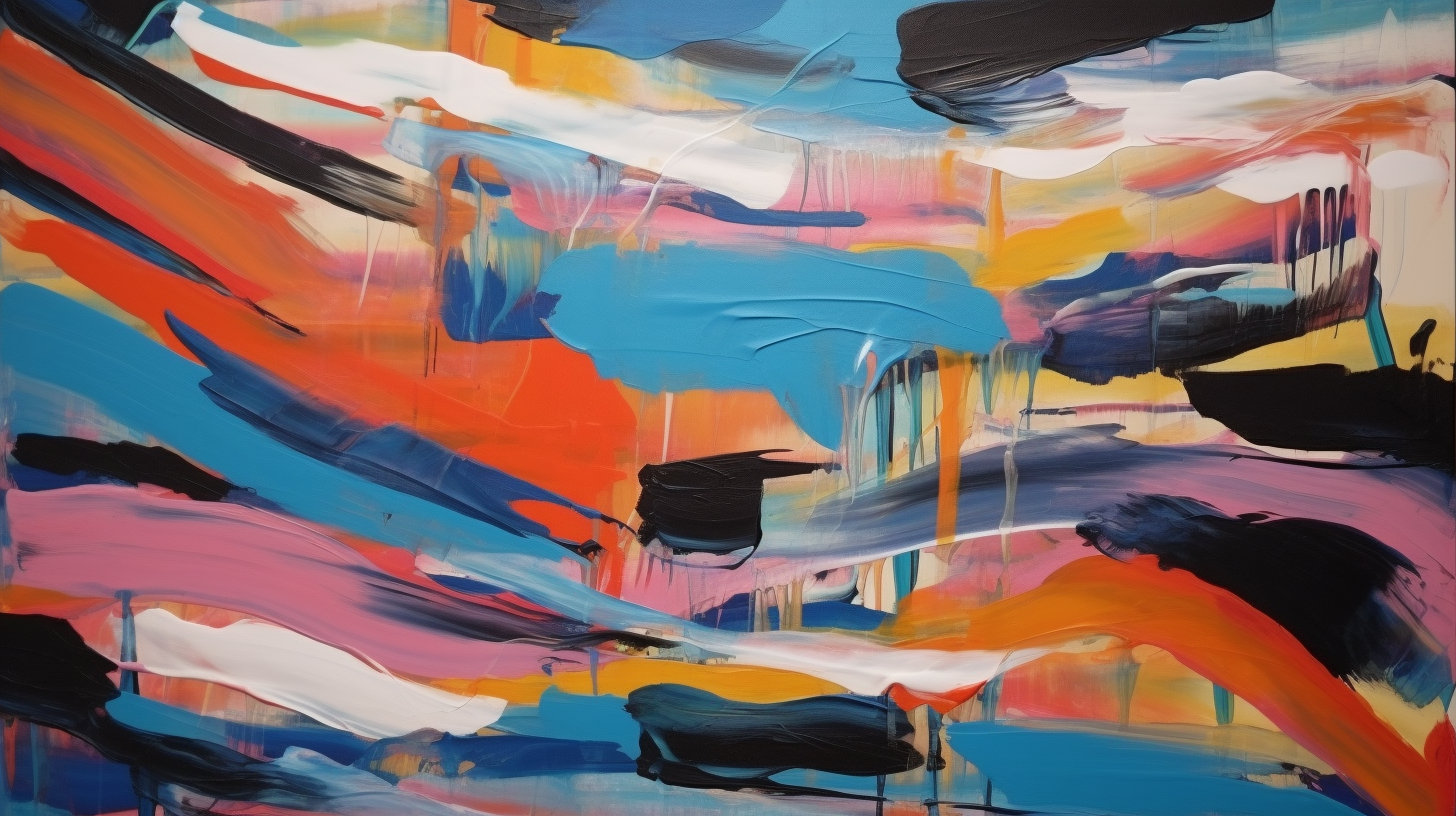How to Scan Artwork with a Personal Scanner: A Step-by-Step Guide
How to Scan Artwork with a Personal Scanner: A Step-by-Step Guide
Digitizing your artwork ensures that you can preserve, share, and reproduce your creations with high fidelity. This guide will walk you through the best practices for scanning your artwork using a personal scanner, including recommended settings, software, and troubleshooting tips.
Related Article: How to Merge Scanned Images of Large Paintings Using an A4 Scanner
Table of Contents
Choosing the Right Scanner for Artwork
If you are working with small to medium-sized artwork (up to A2), a flatbed scanner is the best option. Flatbed scanners provide high resolution and prevent warping or distortion that can occur with other scanning methods.
Recommended Scanners
Epson Perfection V600 – Excellent for detailed, high-resolution scans.
Avoid using all-in-one printer scanners, as they usually lack the quality needed for artwork digitization. Investing in a dedicated scanner makes a noticeable difference in sharpness and color accuracy.
I initially tried to save money by getting an older model, and surprisingly, the quality was still excellent. If you're on a budget, recommend getting Epson Perfectoin V600 instead of opting for a low-end new scanner or scanner with the printer.
Consider investing in a scanner with a color profiling feature to improve accuracy and reduce post-processing efforts.
Preparing Your Artwork for Scanning
Clean the Scanner Glass – Wipe off dust and smudges to avoid unwanted marks.
Flatten Your Artwork – Ensure paper or thin surfaces lie flat on the scanner to prevent shadows.
Position Your Artwork Properly – Align it carefully to avoid cropping or distortion.
Best Scanner Settings for Artwork
Resolution (DPI): Set to 300-600 DPI depending on detail requirements.
File Format: Save as TIFF for high quality, PNG for lossless online use, or JPEG for web display.
Color Mode: Use 24-bit RGB for color-rich artwork and grayscale for black-and-white pieces.
Scanning Large Artwork in Sections
If your artwork is larger than A4, you may need to scan in sections and merge them using software like Adobe Photoshop. Follow these steps:
Scan with Overlapping Edges – Ensure each section overlaps to allow seamless merging.
Use Photoshop’s Photomerge Tool – This feature automatically stitches sections together.
Manually Adjust Colors and Edges – Fine-tune brightness and contrast after merging.
For a detailed guide, check out How to Merge Scanned Images of Large Paintings Using an A4 Scanner.
Editing and Enhancing Your Scanned Artwork
After scanning, use an image editor to refine the digital copy:
Adjust Brightness and Contrast – Ensure accurate representation of colors.
Remove Background Noise – Clean up any unwanted dust or shadows.
Sharpen Details – Make fine details stand out without oversaturation.
Recommended tools: Adobe Photoshop, GIMP, Affinity Photo.
Saving and Archiving Your Scanned Artwork
Recommended File Management Practices
Save at 600 DPI for archiving and resizing in the future.
Store multiple formats:
TIFF for highest-quality storage.
JPEG/PNG for online sharing.
Back up your files on a cloud platform like Google Drive or Dropbox to prevent data loss.
FAQ: Scanning Artwork Questions Answered
How do I digitize my artwork?
Use a high-resolution flatbed scanner with settings of 300-600 DPI and save in TIFF or PNG for best results.
Is there an app that scans artwork?
Yes, but mobile apps often produce inconsistent results due to lighting and blurring. A dedicated scanner is more reliable.
Can you scan art on an iPhone?
Yes, but scanning with an iPhone requires additional editing. For professional results, use a flatbed scanner.
Is it better to scan or photograph artwork?
For flat, small-sized artwork, scanning is better due to consistent lighting, sharper detail, and accurate colors.
How can I ensure my scanned artwork prints accurately?
Use a color profiler like VueScan.
Calibrate your monitor to match print output.
Test different paper types to understand how they affect color.
Should I store my scanned artwork on a local drive?
No, always store backups on a cloud platform like Google Drive or Dropbox to prevent accidental loss.
By following this guide, you can efficiently digitize your artwork for archiving, printing, or sharing online while maintaining the integrity of your original piece.





Download our free, customizable Notion Art Catalog Template for artists and collectors prepared by the Artist. Effortlessly manage your art inventory, exhibitions, and portfolios—start organizing today!